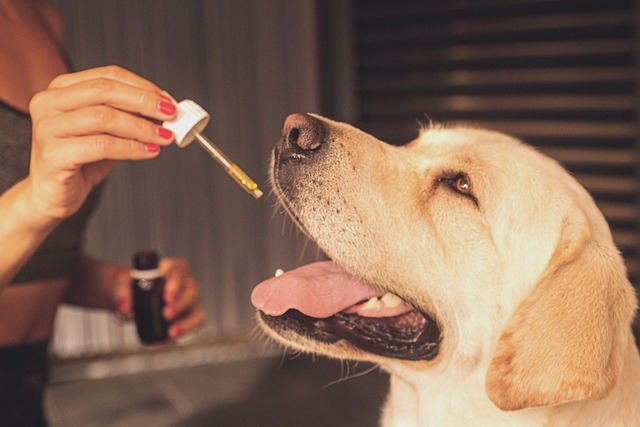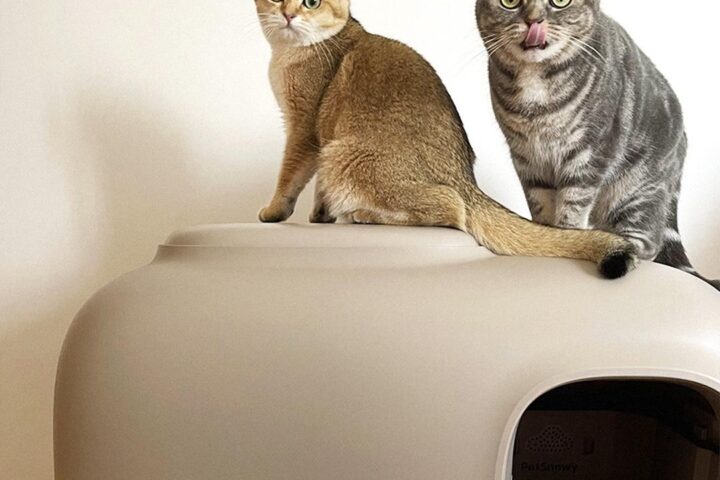Usually, when someone thinks of ultrasound the image of a pregnant woman looking at a black and white sonogram comes to mind. But Ultrasounds have many more uses than just watching the development of a baby in the womb.
Yet most people are taken aback when their veterinarian suggests their dog needs an Ultrasound. There are many reasons a veterinarian would order an ultrasound.
If your dog is going to be having an Ultrasound done, keep reading to learn everything you need to know about your dog’s Ultrasound.
What Is an Ultrasound?
An Ultrasound is a non-invasive imaging technique. The Ultrasound machine sends a beam of high-frequency sound waves to the desired area. The sound waves then reflect off the tissues they encounter back to the machine. The machine then translates these sound waves into an image on a monitor for viewing.
Because Ultrasound is non-invasive there is no pain associated with the procedure. There are also no long term health risks associated with using a veterinary Ultrasound machine. Unlike X-rays, the Ultrasounds are a safer imaging technique.
When Is It Used?
Not every situation in which imaging is required is suited for using Ultrasound. Ultrasounds are ideal for imaging fluid-filled organs like the spleen, kidneys, and gallbladder. The heart is also easily imaged using a veterinary Ultrasound machine.
Ultrasounds can be used to help detect and diagnose many diseases and illnesses early on. Pancreatitis, cancer of the Spleen, and bladder stones can all be found using Ultrasound.
With cancer detection, the Ultrasound can actually catch it really early. Often allow for surgery to happen before it has had a chance to spread to other parts of the body.
Ultrasounds are also incredibly useful in detecting excessive internal bleeding or fluid pooling in an area. This can help to potentially save the life of your beloved family pet.
Preparing a Dog for an Ultrasound
There isn’t much you can do to prepare your dog for an Ultrasound. Since the procedure is non-invasive there is no risk of pain and therefore no need for anesthesia.
Since there is no anesthesia being used there is no need to restrict your dog’s diet the night before. Likewise, there is no need to clear your schedule in order to take care of a drowsy and drugged pup.
The area to be scanned will need to be shaved. But that is not something you will need to worry about either. The veterinarian and his or her team will shave the desired area.
In order for the Ultrasound machine to send and receive a good signal, it must be in direct contact with the skin. That is the only reason your furry friend’s beautiful fur will need to be shaved. Just the area needed though, not his or her whole body.
When Will I Get the Results?
One of the many benefits of Ultrasound is the immediacy of the images being available for viewing. Ultrasound images are viewed on a monitor in real-time. This means as the transmitter is moved around the area on the body the image will shift and adjust.
In some cases, however, the images will need to be studied more in-depth. In these cases, the images are recorded and viewed by a veterinary radiologist. The results of these more in-depth analyses can take anywhere from a couple of days to a couple of weeks.
The turnaround rate on the results will depend on the priority level of your dog and how busy the radiologist is.
Ultrasounds and Dogs
Ultrasounds are one of the safer alternatives to x-rays when it comes to imaging techniques. This means you have nothing to worry about or fear when your veterinarian orders an Ultrasound for your dog.
Rest easy knowing that your dog is in good hands and that the Ultrasound is there to make sure your pup is around for a long time. There are many more cuddles to be had after all, and nobody wants anyone to miss out on any puppy cuddles.









